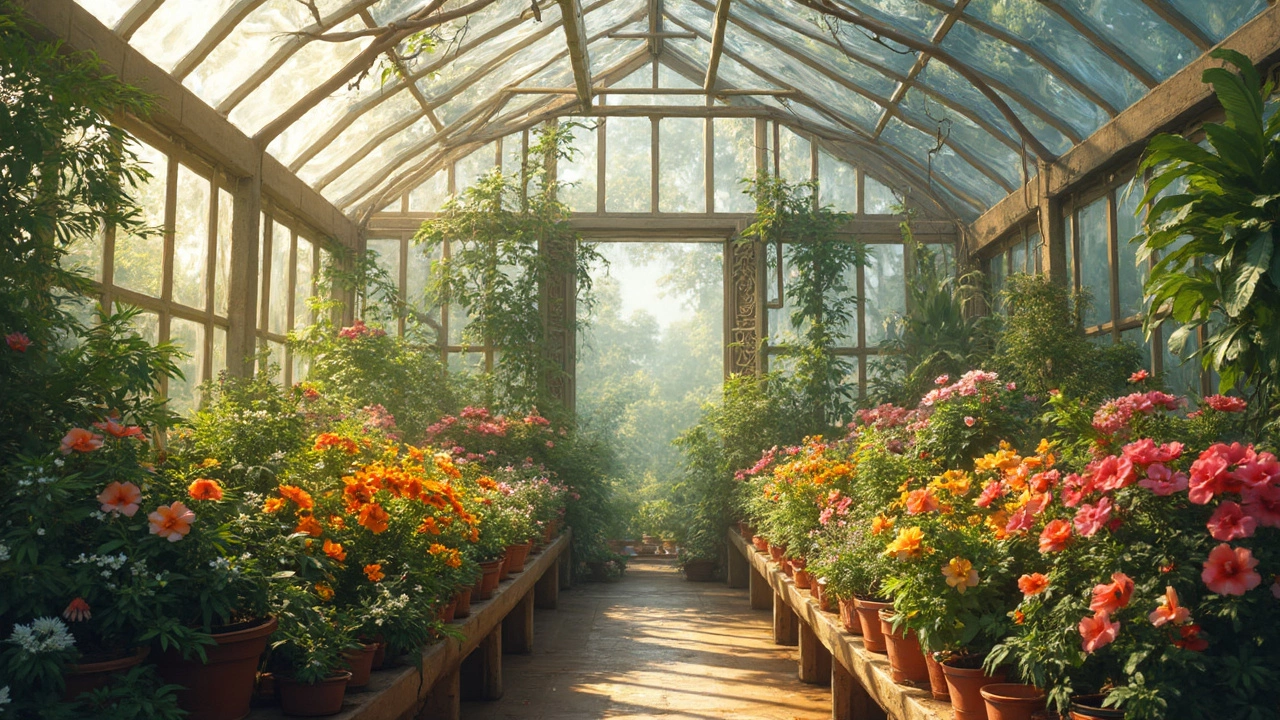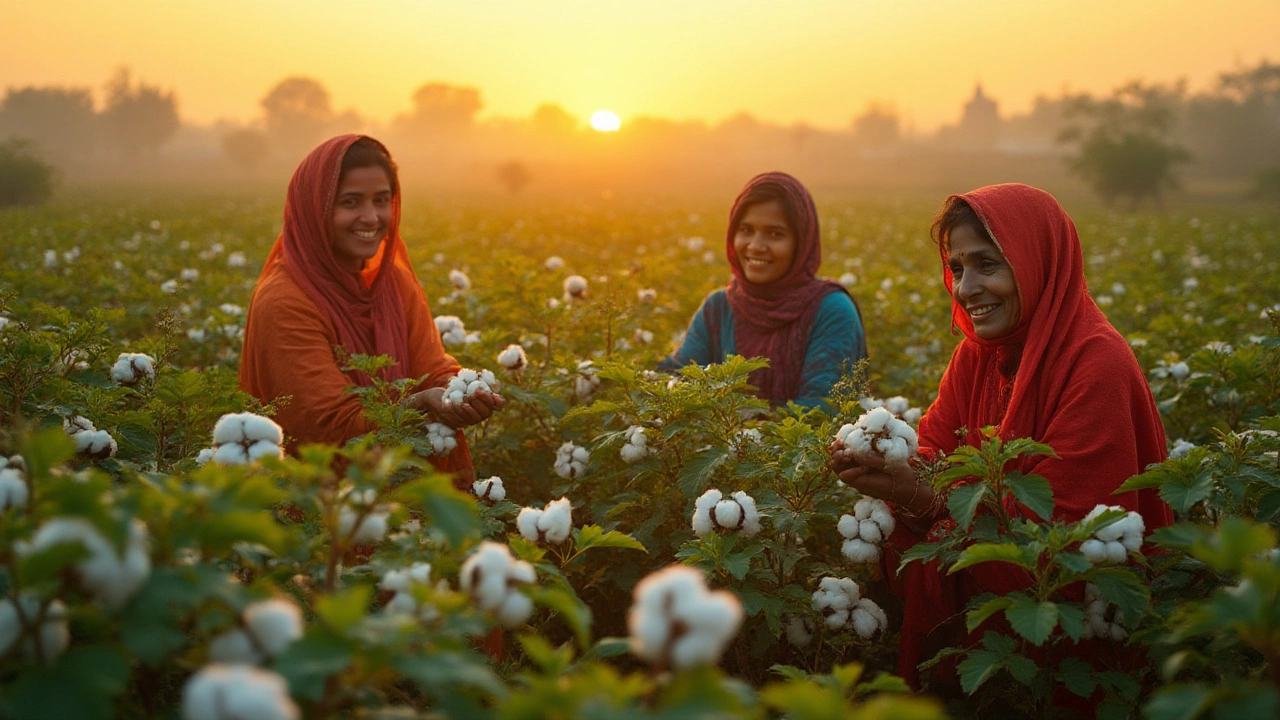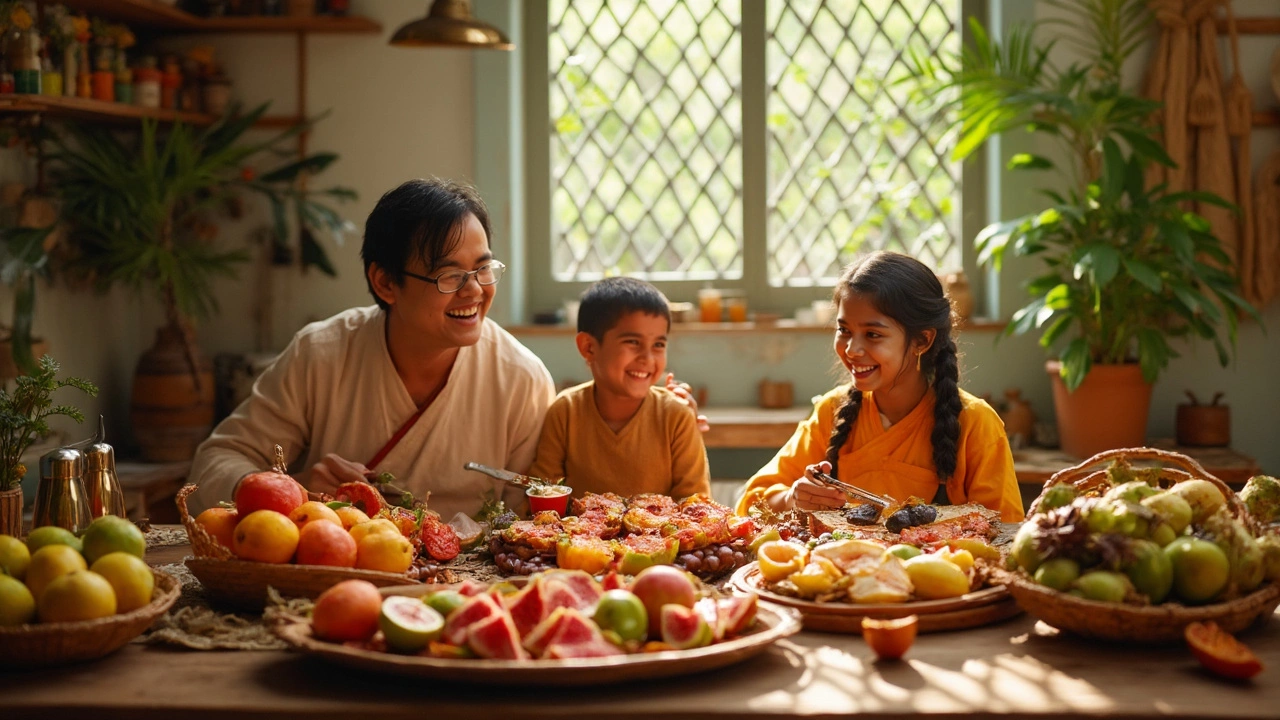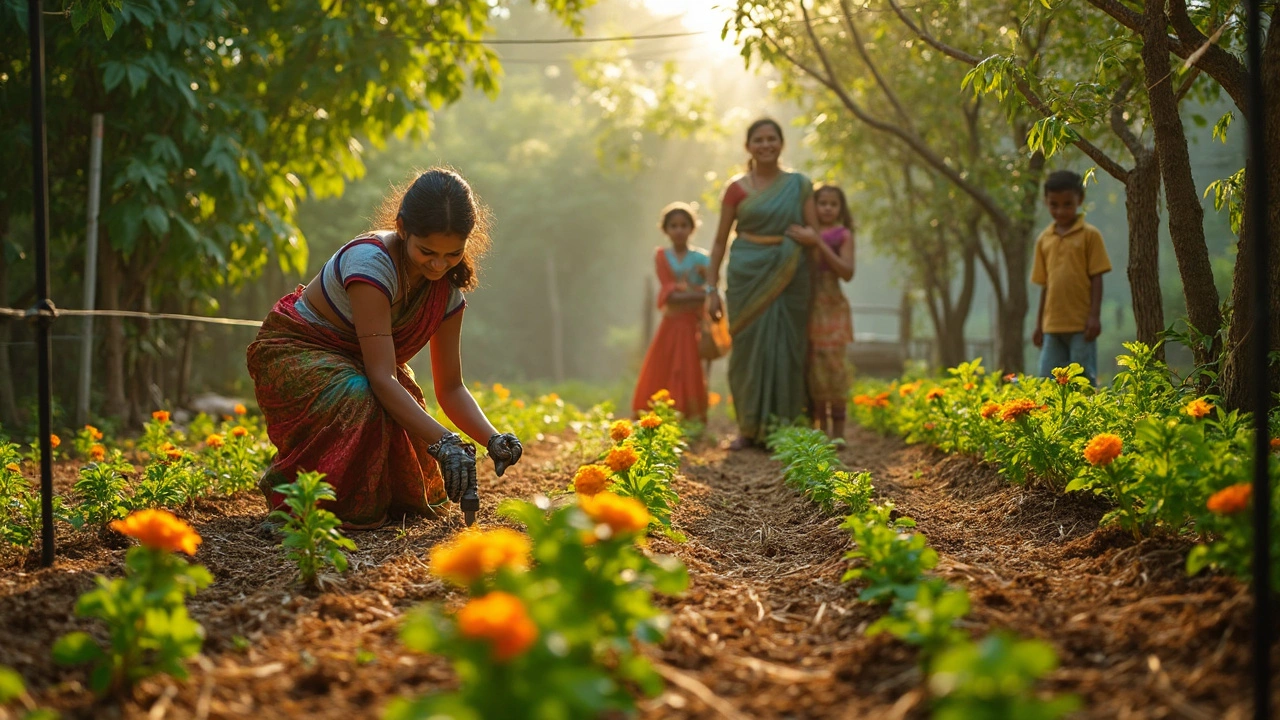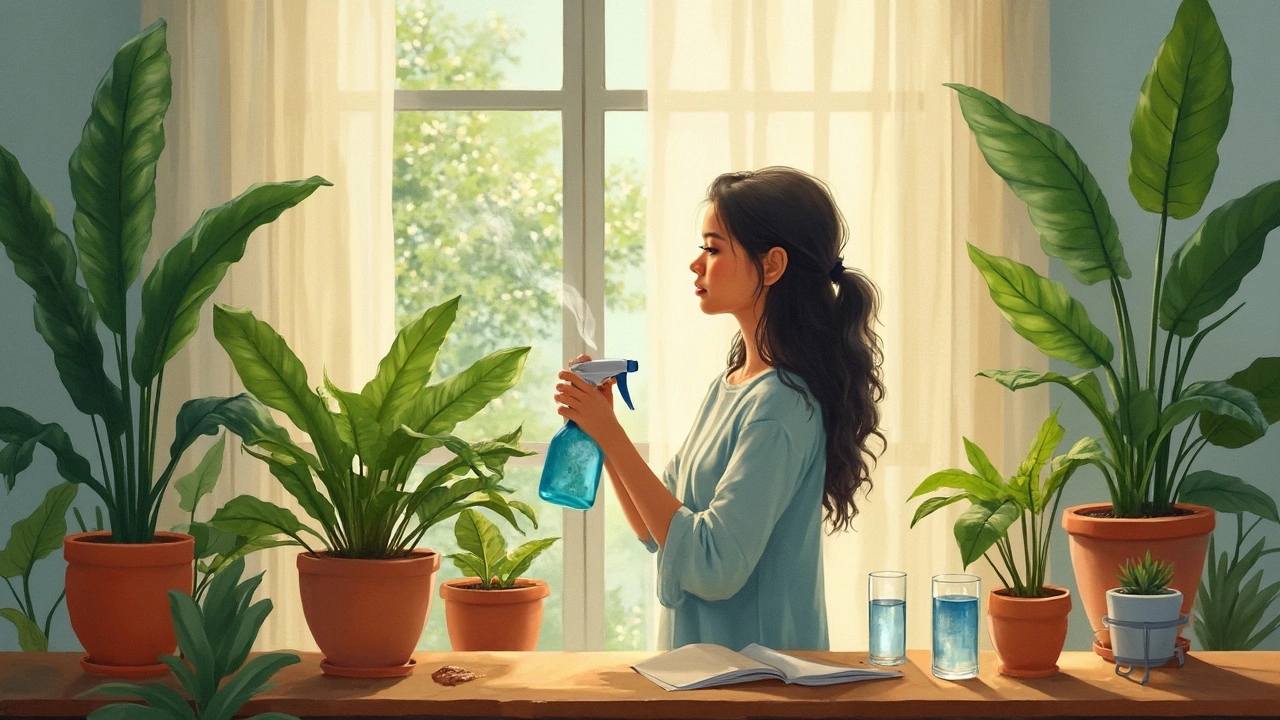Plant choices: How to pick the right plants for any garden
When talking about Plant choices, the process of selecting the most suitable species, varieties, or cultivars for a particular site, climate, and purpose. Also known as plant selection, it shapes how productive, beautiful, and low‑maintenance a garden can be.
One of the biggest decisions is whether you’ll grow in container gardening, cultivating plants in pots, window boxes, or raised buckets instead of open ground. Container gardening changes water demand, soil type, and root space, so it directly influences your plant choices. Another critical factor is soil moisture, the amount of water held in the growing medium at any given time. Understanding soil moisture lets you avoid over‑watering or drying out, which is why many growers use a simple finger test or a moisture meter before committing to a species. If you’re looking to automate that process, drip irrigation, a low‑pressure system that delivers water directly to the root zone can make a huge difference. Drip irrigation influences plant choices by allowing you to pick water‑wise varieties that thrive with precise, steady moisture. Finally, flower selection, choosing ornamental blooms that fit your climate, soil, and aesthetic goals adds another layer of decision‑making, especially when you want year‑round color or low‑maintenance options.
Key factors that shape smart plant choices
Climate is the first filter. If you live in a hot, dry region, drought‑tolerant succulents or millets will survive where tender tropicals won’t. In cooler, humid areas, leafy greens and rice‑type crops can flourish. Next, consider the soil structure. Heavy clay holds water longer, demanding plants that tolerate wet feet, while sandy loam drains quickly and favors roots that seek moisture deep down. That’s where rehydrating dry soil comes in – simple tricks like mulching or adding organic matter can turn a hard patch into a thriving bed, expanding your pool of viable plants.
Water availability ties back to soil moisture. Daily watering, as many beginners think, isn’t necessary for most container gardens; a weekly deep soak usually does the trick. Testing the top inch of soil and feeling for a slight coolness gives you a reliable cue. Combining that with drip irrigation under mulch can cut water use by up to 40% while keeping roots cool and moist. No‑till gardening is another method that improves natural moisture retention, meaning you can opt for slightly more water‑intensive plants without extra effort.
Space constraints also matter. Small balconies call for compact varieties like dwarf tomatoes or dwarf roses, while large backyards let you experiment with sprawling vines or a mixed flower border. Your maintenance appetite is the final piece. If you’re new to gardening, start with the easiest flowers to grow – marigolds, sunflowers, and petunias often need just sunlight, occasional watering, and minimal feeding. These choices let you see results fast and build confidence for more complex selections later.
In practice, you’ll find that each decision point links back to the core idea of plant choices. For example, a post on container garden watering explains how to set the right schedule based on soil moisture, while another article on the most expensive plant in India shows why market value can affect what growers decide to plant. Articles on drip irrigation installation, no‑till benefits, and rehydrating soil all supply tools that expand your selection horizon.
By weighing climate, soil, water, space, and effort, you can create a personalized plant‑selection plan that maximizes yield, beauty, and sustainability. Below you’ll discover a curated set of articles that dive deeper into each of these topics, offering step‑by‑step guides, expert tips, and real‑world examples to help you make confident plant choices.
What Not to Grow in a Greenhouse: Flower Gardening in India
Some plants are just not meant for greenhouse life, especially in India. The unique climate and conditions of greenhouses can be a blessing for some flowers but a curse for others. Learn which flowers are better left outside to save yourself frustration and disappointment. Discover practical tips to make the most of your greenhouse space. Avoid common pitfalls, and ensure your gardening efforts bloom happily!
- manufacturing
- India
- food processing
- garden tips
- rice cultivation
- government schemes
- balcony garden
- urban gardening
- balcony gardening
- profitable business
- business ideas
- plastic manufacturing
- drip irrigation
- plant care
- steel manufacturing
- sustainable gardening
- startup ideas
- steel industry
- flower gardening
- textile manufacturers

